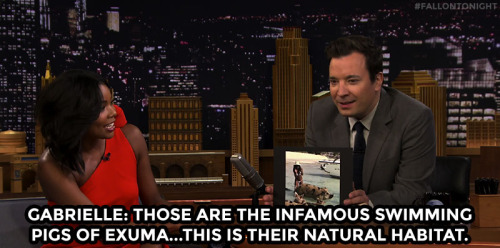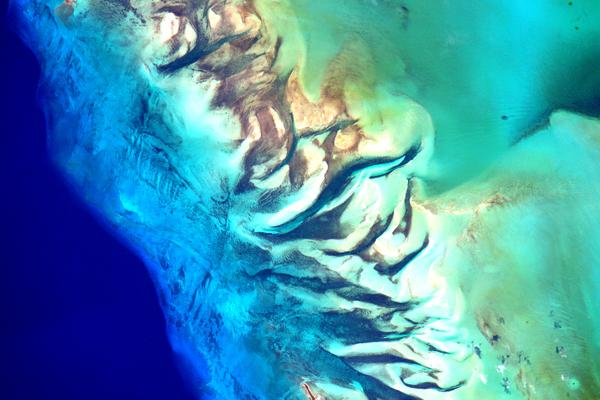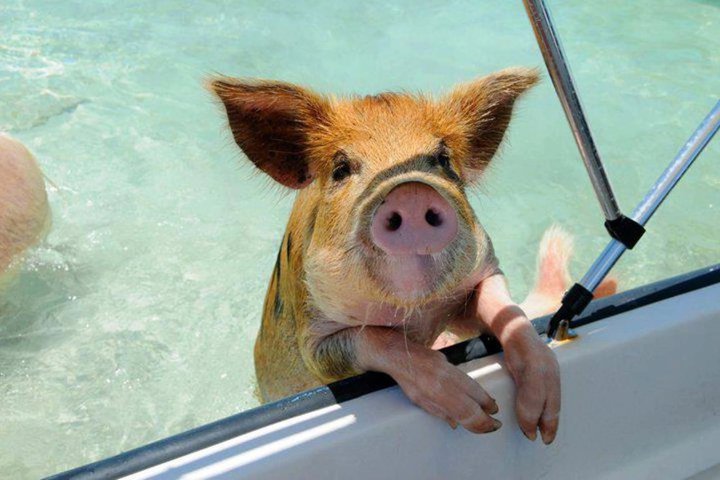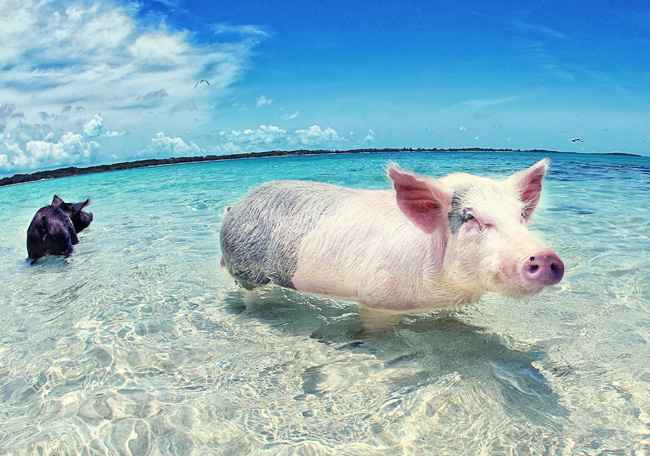Time for the Doc!
The Exuma Foundation of Canada, in cooperation with the Bahamas Humane Society, is pleased to announce an official veterinarian program for the world famous swimming pigs of Exuma. Professionals have always visited the pigs when needs arise, but starting in 2016, representatives from the Bahamas Humane Society will visit the pigs bi-annually to assess their…







